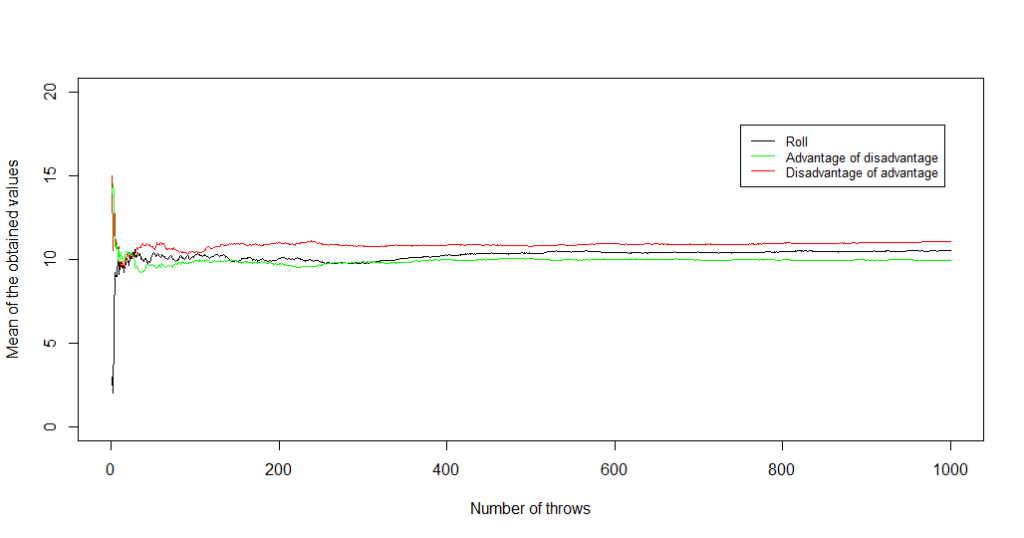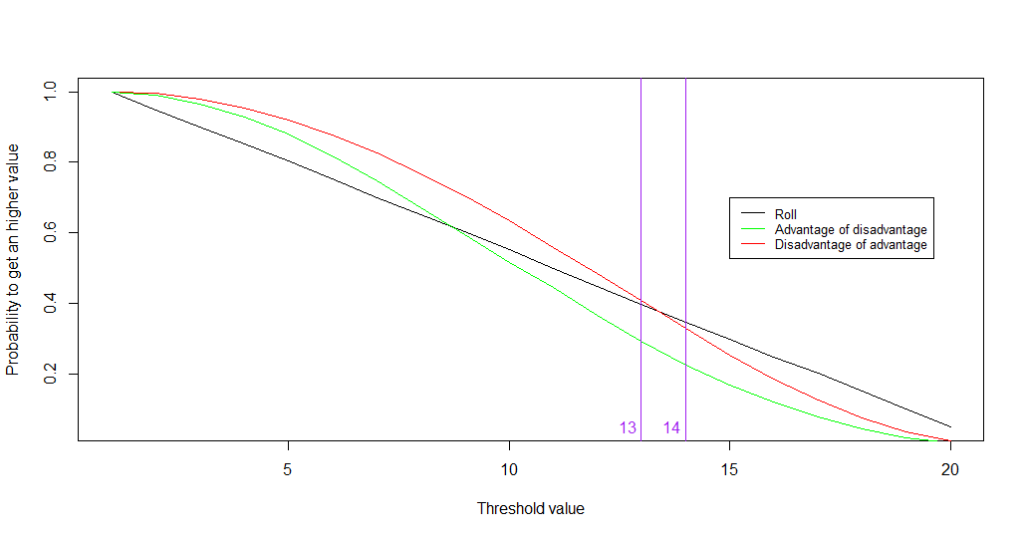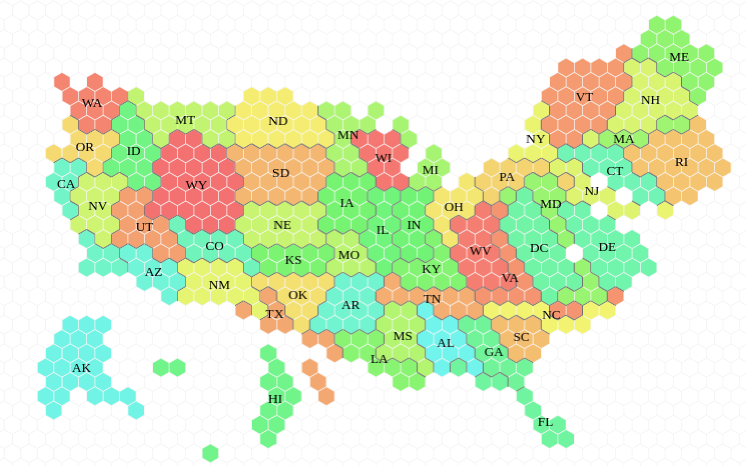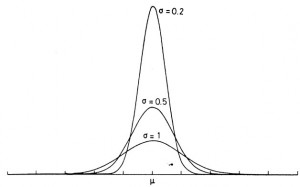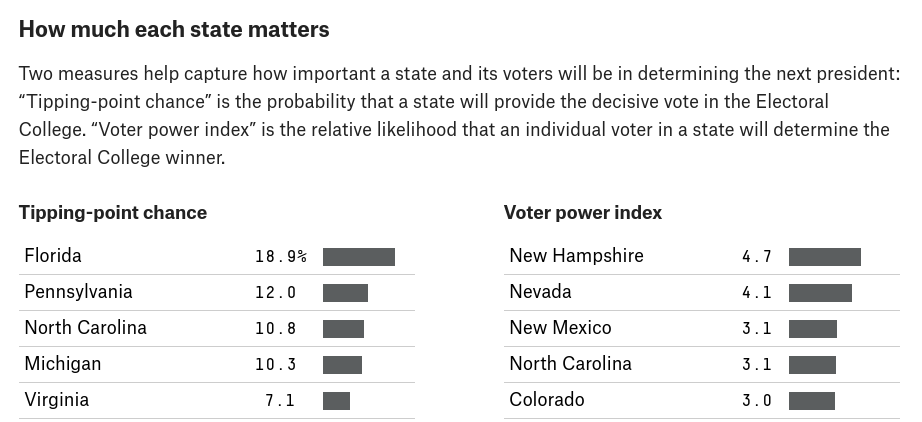Cette semaine, l’énigme “classique” de FiveThirtyEight (qu’on peut retrouver ici) demande de trouver des mots n’ayant aucune lettre en commun avec un et seul état américain. Par exemple, “mackerel” (le maquereau) a des lettres en commun avec tous les états sauf l’Ohio.
Ce problème peut s’adapter au cas français : quels sont les mots n’ayant aucune lettre en commun avec un et un seul département français ?
En reprenant la liste de mots utilisés pour notre article sur Motus et sur “Des Chiffres et des Lettres”, qui sont de 10 lettres au maximum (selon les règles des jeux), on trouve plus de 15 000 mots qui répondent à notre définition ! L’un d’entre eux est d’ailleurs “MAQUEREAUX”, qui partage (au moins) une lettre en commun avec tous les départements, sauf le Lot.
C’est d’ailleurs ce département qui est le plus souvent à l’origine de la présence des mots dans la liste ; c’est assez logique, car il ne contient ni A, ni E, ni I (lettres qui sont très présentes dans les autres départements), et ne contient que trois lettres.
En utilisant le dictionnaire Lexique, on peut chercher parmi des mots de plus de 10 lettres ceux qui répondent à notre définition. Le mot le plus long répondant à la définition est alors MULTIDIMENSIONNELLE, avec 19 lettres, grâce au département du Var.
Il est possible d’aller plus loin, si l’on accepte de compter tous les caractères des mots et non uniquement les lettres. Dans ce cas, avec 22 signes, le mot répondant à la définition est SUIVEZ-MOI-JEUNE-HOMME (oui, ce mot existe ; non, aucun lien avec les autres maquereaux) car il n’a aucune lettre en commun avec le Gard.
Comment trouver ces mots : description de l’algorithme
Le programme permettant de trouver les mots satisfaisant à la condition demandée (aucune lettre en commun avec un et un seul département) se décompose en plusieurs étapes.
Tout d’abord, on construit des matrices (des tableaux) dont chaque colonne est une lettre de l’alphabet et chaque ligne correspond à, soit un mot du dictionnaire, soit un département. Au croisement d’une ligne et d’une colonne se trouve une indicatrice TRUE/FALSE (qu’on recodera 1/0 après) indiquant si oui ou non la lettre se trouve dans le mot concerné. Pour cela, on utilise la fonction str_detect du package stringR.
sapply(LETTERS,FUN=str_detect,string="AIN")
A B C D E F G H I J K L M N O P
TRUE FALSE FALSE FALSE FALSE FALSE FALSE FALSE TRUE FALSE FALSE FALSE FALSE TRUE FALSE FALSE
Q R S T U V W X Y Z
FALSE FALSE FALSE FALSE FALSE FALSE FALSE FALSE FALSE FALSE On a ainsi construit un tableau pour le dictionnaire tableau_dico et un tableau pour les départements tableau_dep. La commande suivante va calculer pour chaque mot du dictionnaire le nombre de département ne partageant aucune lettre en commun.
f <- function(x,ajout) {
return(max(x + ajout))
}
sum(apply(tableau_dep,MARGIN = 1,f,ajout=tableau_dico[mot,]) == 1))En décomposant un peu le code :
- la fonction f construite ici prend deux vecteurs x et ajout et calcule le maximum de la somme des deux vecteurs ;
- ici, ces deux vecteurs sont la ligne de tableau_dico associée au mot choisi et une ligne de tableau_dep, soit des vecteurs de 0 et 1 suivant si les lettres appartiennent aux mots considérés ;
- f peut ici renvoyer 1 ou 2 : s’il renvoie 1, cela veut dire qu’il n’y a aucune lettre en commun, sinon, la valeur associée à cette lettre serait de 2, car somme de 1 et 1 dans chacun de deux vecteurs, et donc f calculerait un maximum de 2 ;
- on applique cette fonction à l’ensemble des départements dans tableau_dep (apply avec le choix de margin=1 pour indiquer que l’on travaille sur les lignes) ;
- on compte alors le nombre de départements pour lesquels cette sortie est 1.
Une fois qu’on a appliqué cette commande à l’ensemble des mots du dictionnaire, on peut enfin isoler les “maquereaux” en filtrant sur ceux pour lesquels le nombre de départements n’ayant aucune lettre en commun est exactement de 1.
Image : Atlantic mackerels (Petar Milošević)



